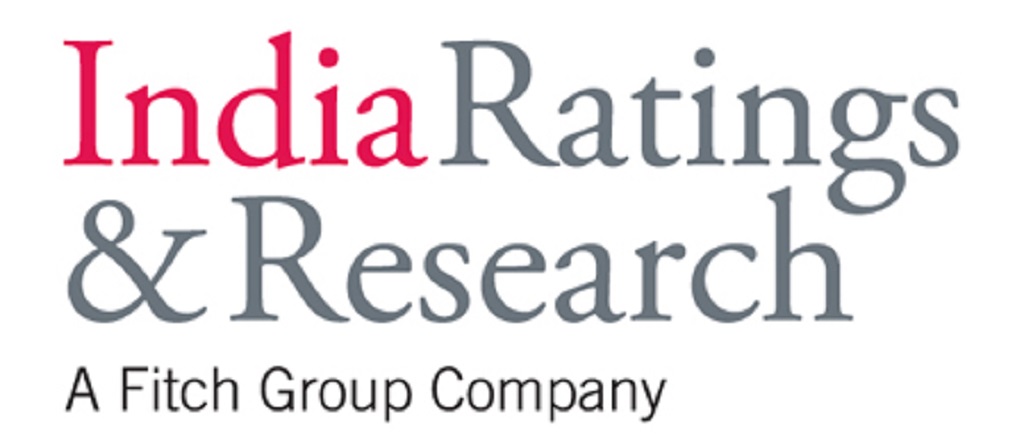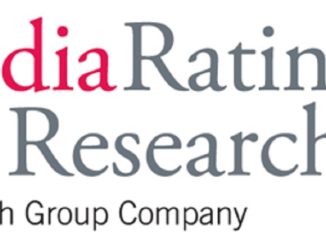FY20 Auto Outlook: BS-VI Implementation to Drive Demand in 2HFY20; Volumes to Remain Tepid in 1HFY20
Ind-Ra-New Delhi-21 February 2019: India Ratings and Research (Ind-Ra) has maintained a stable outlook on the auto sector for FY20 on the expectation of moderate sales volume growth in the passenger vehicle (PV) segment, high single-to-low double-digit growth in the commercial vehicle (CV) segment and steady growth in the two-wheeler (2W) segment on a year-on-year basis. In 9MFY19, the sector registered a 10% yoy growth in sales volumes and is likely to register 8%-10% yoy growth in the overall industry volumes in FY19.
India is likely to adopt BS-VI from 1 April 2020, under which all vehicles will be required to comply with higher emission standards, making the vehicles costlier across all segments. As per industry estimates, the cost of petrol variant PVs and 2Ws could increase 10%-15% and that of diesel variant by 20%-25%. Thus, Ind-Ra expects demand to pick pace in 2H FY20, although demand is likely to remain tepid in 1HFY20.
During October-December 2018, tight liquidity conditions among non-bank financial companies led to a decline in auto sales volume, especially CVs. In FY20, Ind-Ra expects the liquidity of non-bank financial companies to improve, thus improving the funding availability; although not as much as pre-IL&FS crisis era. As a result, Ind-Ra expects sales volumes to improve from current levels, although growth rate is likely to be moderate.
Apart from improved finance availability, increased construction activities and industrial activities will continue to favour CV demand. Ind-Ra believes the revised axle load norms will shift the demand towards lower tonnage vehicles compared with the earlier expectation of higher tonnage segments, and is also likely to lower the overall sales volume.
Further, with stabilisation of fuel prices and unlikely further rise in interest cost, Ind-Ra expects consumer sentiments to improve modestly, especially in the PV and 2W segments. The tax rebate, announced in 2019 interim budget, is also likely to improve disposable income of middle class, positively impacting the demand for 2W and entry-level PV segments.
Ind-Ra expects the credit ratings of most large players in Ind-Ra’s sample set to be unaffected in FY20, despite capex plans, in view of 1) ongoing regulatory changes, 2) development of an electric vehicle platform and 3) continued new product launches. The existing lower leverage of most of the companies in the sample set makes their credit profiles resilient, even in the event of a debt-led incremental capex in the medium term due to their robust operating cash flows and strong financial flexibility. Also, Ind-Ra expects margins to remain range-bound in FY20 as the commodity prices and forex rates are unlikely to increase in near term, though somewhat offset by increased discounting levels, and higher development and testing expenses related to the upcoming regulatory changes.
FY20 Outlook: OEM & Replacement Demand, Regulatory Advancements to Favour Auto Ancillaries
Ind-Ra-Mumbai-21 February 2019: India Ratings and Research (Ind-Ra) has maintained a stable outlook for the auto ancillaries sector for FY20, based on the expectations of 1) a moderate demand from original equipment manufacturers (OEMs), a continued replacement demand and a likely rise in content per vehicle amid evolving regulatory norms.
Ind-Ra expects moderate sales volume growth in the passenger vehicle segment, high single-to-low double-digit growth in the commercial vehicle segment and steady growth in the two-wheeler segment in FY20 on a year-on-year basis. Furthermore, the adoption of new safety and emission norms, technological advancements along with a trend towards premiumisation and digitalisation are likely to increase the content of auto components per vehicle, thus driving growth among auto ancillaries.
Auto ancillaries would be looking at increasing their capacities to cater to the new regulatory norms and higher replacement demand. Ind-Ra thus expects the credit metrics to moderate in FY20; however, adequate cash flows and healthy balance sheets are likely to give comfort. Also, although margins in the sector will remain sensitive to raw material prices and forex volatility, the economies of scale and ability of major suppliers to partly pass on price rises to OEMs will keep margins stable.
Ind-Ra expects the sector companies to embrace inorganic growth in the medium to long term. Such acquisitions could also be debt-funded partially. However, Ind-Ra opines higher rated companies (IND AA- and above) in the sector are better placed to fund any inorganic growth opportunities without materially impacting their leverage positions, owing to comfortable cash flows and liquidity.
Key Highlights – FY20
| Sub-sectors | Highlights |
| Tyre | Credit metrics to deteriorate over FY19-FY21, amid high expansionary capex, though a sufficient replacement demand over the next five years to absorb new capacities. |
| Forging | Revenue growth to normalise in line with slower growth in domestic commercial vehicles and US truck sales compared to last year’s |
| Battery | Players eyeing to capture lithium-ion opportunity. New product development, technology upgradation and capacity addition capex likely over the next two to three years |
| Diesel engine | Capex will come down in FY20 as Bharat Stage VI (BS-VI) related capex will peak out. Companies will continue to diversify in other fuel agnostic products. |
Link To The Reports

